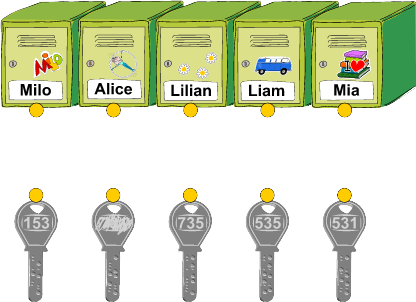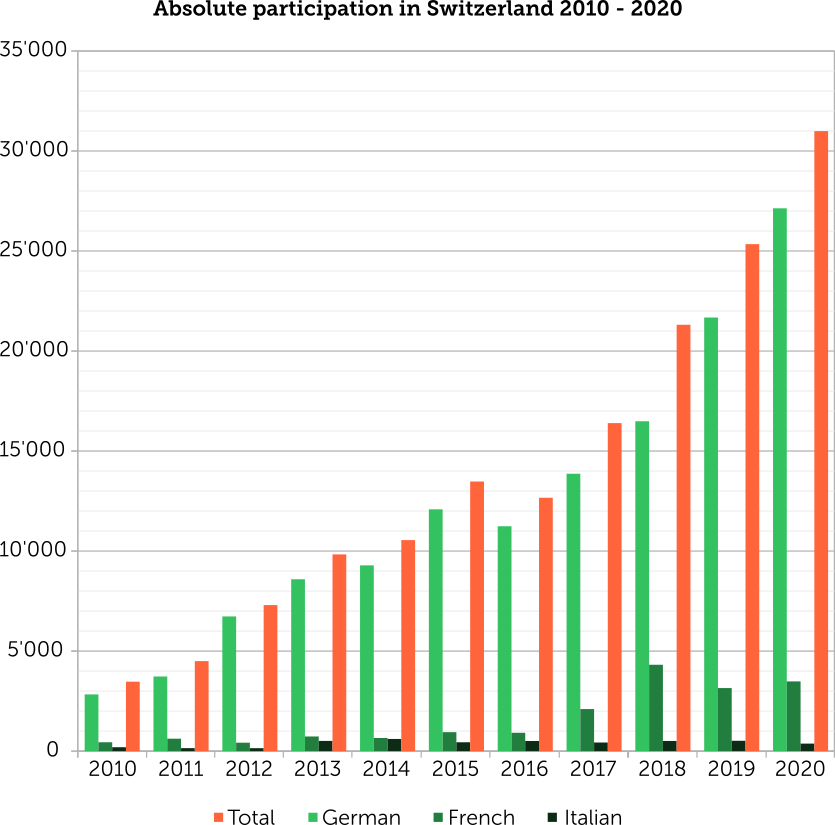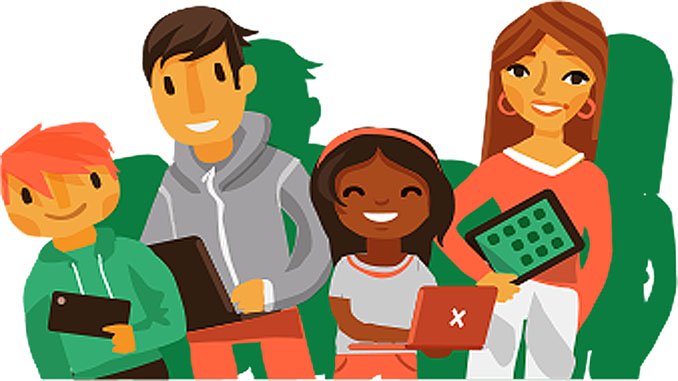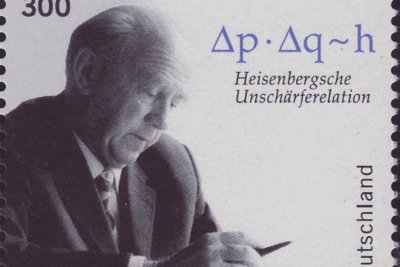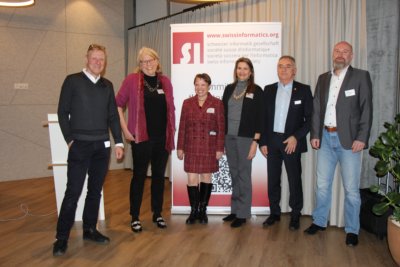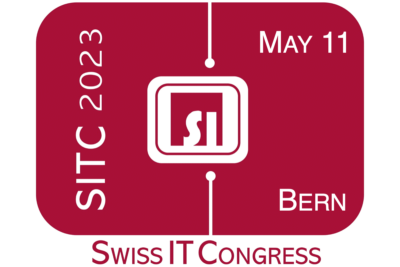Launched in Lithuania in 2003 by Prof. Valentina Dagienė of Vilnius University, the BEBRAS competition aims to get children and young people excited about computer science and promote computational thinking. Worldwide, nearly 3 million students from 54 countries participated in the competition in 2019.
From the pool of tasks designed annually by international experts, computer scientists and educators from the supporting universities (ETH Zurich, Training and Advisory Center for Computer Science Education, HEP Vaud, FHNW University of Teacher Education, SUPSI (Scuola universitaria professionale della Svizzera italiana)) work together with the experts from Germany, Austria and Hungary to develop the Swiss Computer Science Beaver Competition.
This year 38 tasks for 5 age levels were elaborated. A Informatik-Biber task usually consists of a small illustrated “story” and a question with possible answer alternatives:
Colored quarter
Age level 5th/6th grade: Difficulty medium
Age level 7th/8th grade: Difficulty easy
The residents of a street want to paint their white houses in colors. Each house should get one of three colors: Light green, red or dark blue. So that it does not look boring, the following rules apply:
- Two houses standing directly next to each other must not have the same color.
Two houses that are directly opposite each other on the street must not have the same color.
Some residents have already painted their houses in color. The remaining residents must now paint their houses so that the rules are not violated.
Find appropriate colors for the residents. (The houses that are already colored at the beginning cannot change their color).
Lockers
Age group 9th/10th grade: difficulty medium
Age group 11th – 13th grade: difficulty easy
Five children each have a labeled locker at their school. The five corresponding keys bear three-digit numbers. Unfortunately, the number on one key is scratched.
Each three-digit number represents the first three letters of a name. A digit stands for the same letter everywhere, for example 8 always stands for “C” or “c”.
Assign the keys to the correct lockers. Draw lines between the yellow dots.
This year, more interactive solution panels were used (for 14 tasks), which was very well received by the participants and teachers. All tasks are currently available in the test competition.
The brochures, which are published annually after the competition, not only contain a detailed explanation of the solution and the solution path, but also open the view for the computer science problems, which form the basis of the task (e.g. in the case of the example tasks on planar graphs, on the three-color problem, four-color theorem and on cryptography). Thus, the brochures are not only helpful for discussing the competition tasks, but they are also valuable teaching materials that can be used in a variety of ways in the subject of computer science in practical lessons. Since the beginning of the Informatik-Biber competition, well over 300 tasks for different age levels of elementary and secondary school have been developed and are freely available in French, Italian and German on the project page.
Brought to Switzerland in 2009 by the SVIA (Swiss Association for Informatics in Education), the project launched in 2010 with the first stand-alone nationwide competition in French, Italian and German with 3,470 participants. Since then, the Informatik-Biber competition has enjoyed ever-increasing popularity. In German-speaking Switzerland in particular, the number of participants has risen steadily, so that today almost 10 times as many German-speaking Swiss students take part in the Computer Science Beaver Competition as at the beginning. Unfortunately, such a growth in the number of participants could not be achieved in French-speaking Switzerland and Ticino. While in Ticino the number stagnates at a low level, in French-speaking Switzerland the doubling of the numbers in 2018 could not be expanded so far.
In Central Switzerland in particular, the Computer Science Beaver Competition records a high number of participants. In the canton of Lucerne, more than 3,300 students participate, and in the cantons of Obwalden (13.9% of the student population) and Zug (10.7% of the student population), more than one in ten students takes part in the competition. In the canton of Geneva, the number of participants doubled from 102 to 200, in the canton of Graubünden the number grew by 75% from 423 to 740 students, and in the canton of Bern it increased by almost 2,000 to 5,000 participants. In the canton of Nidwalden and Valais, here in particular in the French-speaking part, the IT Beaver competition was rediscovered and the numbers rose from a very small number to over 100 participants.
Participants per number of pupils from each canton in 2020.
The colors indicate a relative growth from
-100% (red) to 0% (yellow) to +100% or more (green).
The size of the circles represents the relative number of participants per canton in relation
to the student population
The relative participation rate across Switzerland is 3.7%, with German-speaking Switzerland achieving a significantly higher penetration rate of 8.6%.
The 60 participating high schools with an average of 200 participants account for about ⅓ of the total number, while in the 345 elementary schools an average of 57 students participate in the IT Beaver competition. There is still great potential for broad growth in the number of participants in elementary schools, as the necessary structures and, above all, the organizers are already in place.
Since whole school classes often participate, about the same number of girls as boys take part in the competition. In the lowest age group, girls and boys solve the tasks approximately equally well; also in the age group between 10 and 12 years, approximately the same number of girls as boys achieve the full score. From the age of 12, it can be observed that more and more boys achieve top scores than girls. However, in 2020, the only one to achieve a full score at the highest age level was a girl!
This year’s survey conducted directly after the competition showed that the participants found the competition “nice, fun and tricky”, that they “thought it was cool to be there” and that some of them could hardly wait to take part again next year. According to the feedback, it was possible to create a varied, challenging and appealing competition for the children and young people: “The competition was very fun and entertaining to solve and I thought it was great that you also had to try out and puzzle. I thought it was great because it was really varied and cool. […]” The interactive tasks in particular were great fun for the participants: “Coloring the houses was cool because you could paint them yourself, so to speak.”
The Informatik Beaver 2020 competition was not only a success because it was able to get many Swiss schoolchildren excited about computer science issues and show them that computer science is versatile and challenging, but also because the teachers who organized the competition again gave enthusiastic feedback about the competition this year:
- “Every year a real beaver fever breaks out in our school building, thank you very much for the great tasks and the smooth organization of the competition!”
- “The tasks are received differently by the pupils. While some like to solve simple tasks, others jump at the really tricky ones. The mixture is important and this seems to me to have been very successful this year. Thank you very much for the organization. Our class will probably participate again next year.”
- “I did the competition with three classes (10th/11th SJ) and they found it very entertaining, laughed every now and then and it was just a good atmosphere – thank you very much!”
For the past 10 years, the Swiss Computer Science Beaver Competition has contributed in a congenial and easy-to-perform way for teachers to give children the opportunity to engage with the basics of computer science and not only use the digital technology that surrounds them every day, but to better understand how it works. Currently, the Informatik-Biber competition reaches only 3.7% of Swiss children and young people, but it could support the process of our future generation becoming not only consumers, but developers and constructors of digital reality.
Solution
Colored neighborhood: Houses from left to right and from top to bottom: red, green, blue, red, green, blue, red, green, blue, red.
Lockers: The scratched key belongs to Mia’s locker. The number on the key is 731.


